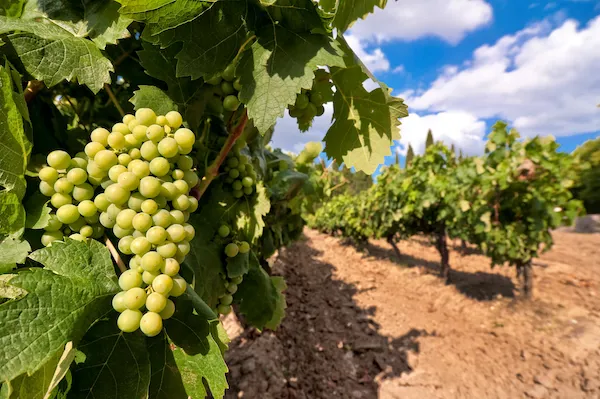For the first time since the start of the Chilean grape season, there is an ample supply of grapes are on the U.S. market.
So says Mark Greenberg of Capespan North America in Montreal, QC. “Chilean table grape production has ramped up just as the Peruvian supply is coming down. Chile is very much in the heart of its table grape harvest and a lot of fruit has arrived in the last two weeks with a lot of fruit expected to arrive in the next few weeks,” he says.
There are a few reasons behind this. “Those regions that produced the earliest fruit in Chile, specifically the Atacama, have replanted their vineyards with newer varieties that tend to come on later,” he says. In turn, that’s generally pushed the start of the Chilean season a bit later.
Greenberg also says Chilean growers aren’t as inclined to manage their grape crops to come in as early as they used to. Peruvian table grapes now dominate the December-January time frame and Chile is more focused on mid-January onward. “Chile is expecting a big crop this year but the question is: how much of that crop is going to get on vessels and bound for market? There are still substantial logistical challenges in front of growers around the world and Chileans have not been spared that at all,” he adds.

Varietal developments
New varieties of grapes will more easily meet the quality standards necessary to enter the U.S. market beyond the start of the Marketing Order for Table Grapes in April. “Chilean white seedless grapes used to face challenges getting into the U.S. market during the Marketing Order,” says Greenberg, adding that red grapes, often the heartier Crimson variety, didn’t have as much of an issue around this. “But these late varieties of white seedless grapes are solid and strong and with good weather in Chile, we expect to see a white seedless and red seedless grape market that will extend later into the spring.”
These greater supplies are arriving to a market that has until now been slower in demand, largely attributable to higher retail prices due to light supplies. “And this year because of logistics and these relatively light supplies, not many retailers have promoted grapes. There’s really only been enough grapes to satisfy basic market demand. Grapes have seen moderate movement but have also only arrived in moderate volumes,” he says.
Where does this leave pricing now? Red grape pricing will likely come down to move volume and increased promotional activity is in the cards. “Promotions will help keep the product moving. There’s been a bit of a lag because retailers still have high-priced inventory they needed to move before they could mark down their prices,” adds Greenberg. “Lower retail prices in the next few weeks should help spur demand and which, in turn, will stabilize prices.”
 For more information:
For more information:
Mark Greenberg
Capespan North America
Tel: +1 (514) 739 9181 Extension 102
[email protected]
www.capespan.com










